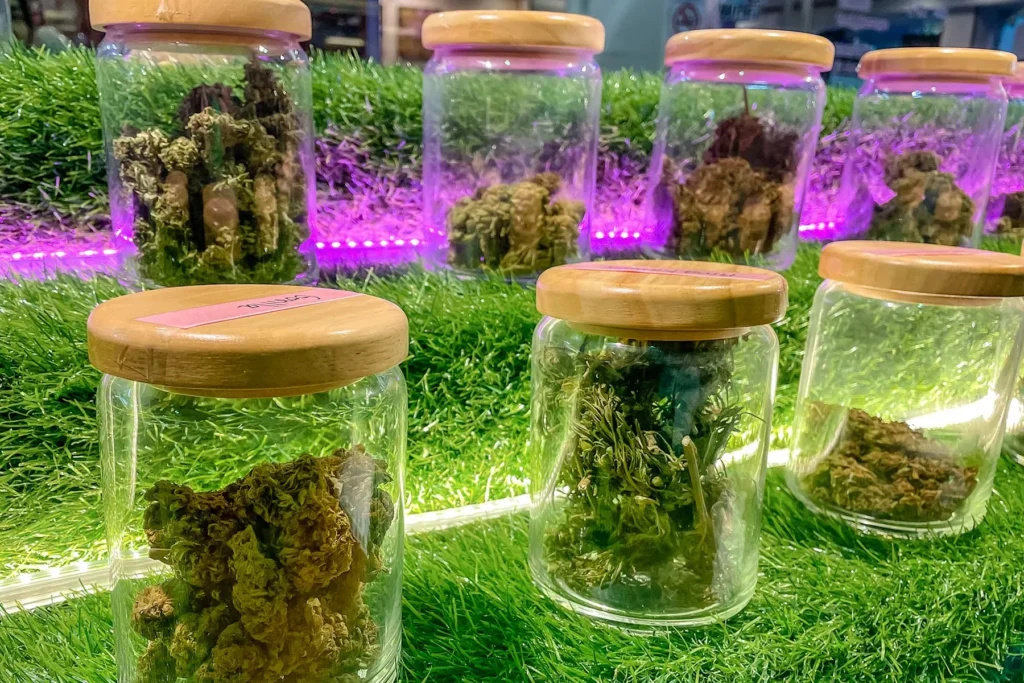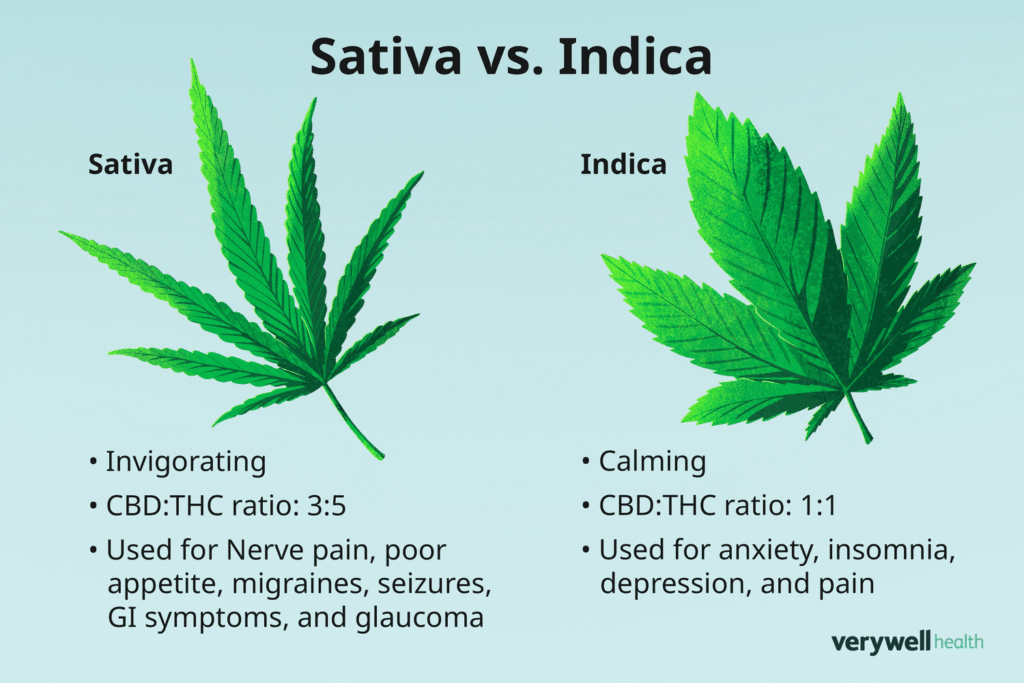Choosing the right cannabis genetics is the foundation of a great grow. Whether you’re a home cultivator or a commercial grower, your entire crop’s success—potency, flavour, yield, and resistance to pests—depends on the genetics you start with. But with thousands of strains, breeders, and seed banks on the market, how do you separate hype from quality?
In this guide, we’ll break down how to find the best cannabis genetics using data-backed tips and real-world grower insights. From evaluating seed banks to understanding phenotype stability and breeder credibility, you’ll walk away with everything you need to grow smarter, not harder.
Let’s dive into the science, strategy, and secrets behind elite cannabis genetics.
What Are Cannabis Genetics?
Cannabis genetics refer to the inherited traits passed from parent plants to offspring. These traits influence THC/CBD levels, terpene profile, flowering time, disease resistance, and plant structure.
The quality of cannabis genetics is determined by:
- Stability: How consistent traits are across generations.
- Lineage: Breeding history and dominant parent traits.
- Selection: Pheno hunting and backcrossing for trait refinement.
Think of genetics like the DNA blueprint. Without strong, well-bred genetics, no amount of perfect growing conditions will make up for weak seeds.
Did you know? Over 60% of the final cannabinoid and terpene content is genetically pre-determined.
Why Genetics Matter More Than Ever in 2025
With cannabis legalisation expanding and craft markets booming, genetic quality is under the spotlight. According to Leafly 2024 data, growers using high-quality genetics see:
- 20–30% higher yields
- 40% less susceptibility to mould/pests
- Faster flowering by 1–2 weeks
Plus, with SGE (Search Generative Experience) surfacing strain-specific queries and detailed grower reviews, reputation now drives discovery. That means choosing the right strain genetics is not just a grow decision—it’s a branding decision.

How to Find the Best Cannabis Genetics
Here’s your complete step-by-step guide on how to find the best cannabis genetics for your goals.
Define Your Growth Goals First
Before shopping for seeds, get clear on what you want to grow.
Ask yourself:
- Is this for personal use or commercial yield?
- Do I prefer high THC, CBD, or balanced cannabinoids?
- Indoor, outdoor, or greenhouse setup?
- Fast flowering or longer maturation OK?
- Sativa, indica, or hybrid effects?
Knowing your goals will narrow down the thousands of options. For example:
| Grow Goal | Ideal Genetics Traits |
| Fast harvest | Autoflower or fast-flowering photoperiod |
| High yield | Genetics with proven bulk production |
| Medical use | High CBD, low THC, stable chemotypes |
| Flavor focus | Exotic terpene profiles from newer crosses |
Research Breeders, Not Just Strains
Not all breeders are equal. Reputable cannabis breeders stabilise their lines over generations to ensure consistency.
Look for these indicators of quality:
- Transparent lineage (e.g., GMO x OG Kush)
- 3rd-party lab testing (for THC/CBD content)
- Long-standing reputation in forums (like THCFarmer, ICMag)
- Breeding history of award-winning strains
Some top-tier breeders are known for their genetic integrity:
- Ethos Genetics
- Humboldt Seed Company
- T.H. Seeds
- DNA Genetics
- Cannarado Genetics
If a strain lacks breeder info or lineage, that’s a red flag.
Understand Phenotypes vs. Genotypes
When you grow a strain, especially from regular or feminised seeds, each seed can produce a different phenotype. That means:
- One plant might grow short and bushy.
- Another might stretch tall with fruity terpenes.
To find a keeper, many growers do a pheno hunt—growing multiple seeds, selecting the best, and cloning them.
Autoflowers generally have less phenotype variation due to shorter life cycles, but may sacrifice potency and terpene depth.
Clones vs. Seeds:
- Clones: Identical to the mother plant, consistent, faster start.
- Seeds: Greater variation, but allows genetic discovery.
How to find the best cannabis genetics? Clone a winning pheno and preserve it.
Evaluate Lab Testing and Terpene Profiles
Modern breeders offer lab-tested cannabinoid and terpene reports. These reveal:
- Total THC/CBD levels
- Dominant terpenes (e.g., limonene, myrcene)
- Entourage effect potential
Example: A strain testing 27% THC with 2.5% terpenes (mostly caryophyllene and limonene) will hit hard and fast with euphoric, citrusy notes.
Look for:
- COAs (Certificates of Analysis)
- Cannabinoid ratio transparency
- Full terpene breakdown (at least top 3 terps)
Why this matters: It’s not just about THC anymore. Flavour and therapeutic effects depend on terpene synergy.
Check Grower Reviews and Grow Logs
Real-world experience is gold. Visit grower forums and platforms like:
- Growdiaries
- Reddit’s r/microgrowery or r/weed
- YouTube strain reviews
- Discord grows communities
Look for:
- Grow difficulty (nutrient needs, mould resistance)
- Actual yields vs. advertised
- Phenotype consistency
- Bag appeal and curing performance
Warning: Avoid strains with frequent reports of hermies (hermaphroditism) or low resin production.
Reading 3–5 detailed grow logs can tell you more than any product description ever will.
Avoid Hype Strains Without Proven Lineage
It’s easy to fall for buzzy names like “Zookies Punch Rocket 5x”, but ask:
- Who bred this?
- What are the parents?
- Is it an F1 cross or an unstable polyhybrid?
F1S (first-generation hybrids) offer vigour and big yields. Later generations (F2, F3) are more refined.
Stick to strains that:
- List the clear lineage
- Come from licensed breeders
- Show proven test results
Shop From Verified Seedbanks
Not all seed banks are created equal. Look for ones that:
- Offer authentic breeder packs
- Have consistent reviews
- Provide stealth shipping (if needed)
- Clearly label feminised, regular, or auto
Top-rated seedbanks for 2025 include:
- Seedsman
- The Vault
- North Atlantic Seed Co.
- Multiverse Beans
Avoid cheap knock-offs on eBay or sketchy IG sellers.
Insider tip: Check for collabs between breeders and seedbanks for limited, premium drops.
Learn the Language of Cannabis Breeding
Understanding the breeder lingo helps you make smart choices.
| Term | Meaning |
| F1 | First generation cross of two distinct parents |
| BX | Backcross (e.g., [OG x OG] = BX1) for trait refinement |
| Polyhybrid | Complex mix of multiple strains |
| IBL | Inbred Line – high stability, little variation |
| Landrace | Pure strains from native regions (e.g., Hindu Kush) |
Knowing this language helps decode how to find the best cannabis genetics without falling for buzzwords.

Match Genetics to Your Environment
Some strains thrive in humid conditions, others in dry climates. If growing outdoors:
- Choose mould-resistant genetics if in a wet region.
- For arid areas, pick heat-tolerant varieties like Afghani crosses.
Indoor growers should prioritise:
- Compact indica or hybrid genetics for small tents
- Short flowering times (8–9 weeks)
Check seed descriptions or ask breeders directly: “How does this perform in XYZ environment?”
Experiment, Track, Repeat
Finding the best cannabis genetics is often a trial-and-error process. Keep a growth journal. Track:
- Veg and flower time
- Stretch
- Aroma and taste
- Final yield
- Potency (if testing available)
Over time, you’ll build your library of elite genetics that perform best in your conditions.
Grow smarter by treating each run as an experiment.
Read Also:
Best Time to Top a Cannabis Plant for Maximum Yields
What Is the Best Fertiliser for Cannabis? Top 2025 Guide
Conclusion
Finding premium cannabis genetics isn’t about chasing hype—it’s about aligning your goals with stable, tested, and respected genetics. Whether you’re seeking sky-high THC, unique terpene profiles, or resilient outdoor plants, it all starts with choosing the right breeder, understanding the lineage, and observing how genetics perform in real-world grows.
So if you’re serious about learning how to find the best cannabis genetics, treat it like a long-term craft. Ask questions. Compare data. Grow intentionally.
The seeds you choose today shape the harvest you’ll enjoy tomorrow.
FAQs
What makes cannabis genetics “good”?
Good genetics produce stable, consistent traits like potency, terpene profile, and growth pattern across multiple plants.
Are feminised seeds better than regular seeds?
Feminised seeds guarantee female plants, making them easier for beginners. Regular seeds offer more breeding potential but require sexing.
Where can I buy legit cannabis genetics?
Buy from reputable seed banks like Seedsman or North Atlantic Seed Co., or directly from verified breeders.
What’s the difference between phenotype and genotype?
Genotype is the plant’s genetic blueprint; phenotype is how those genes express under your growing conditions.
Can I create my cannabis genetics?
Yes. By selectively breeding male and female plants and stabilising traits across generations, you can create custom strains.